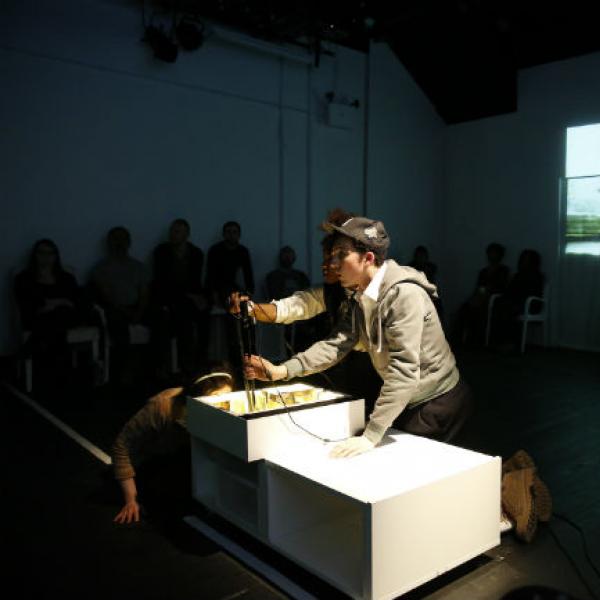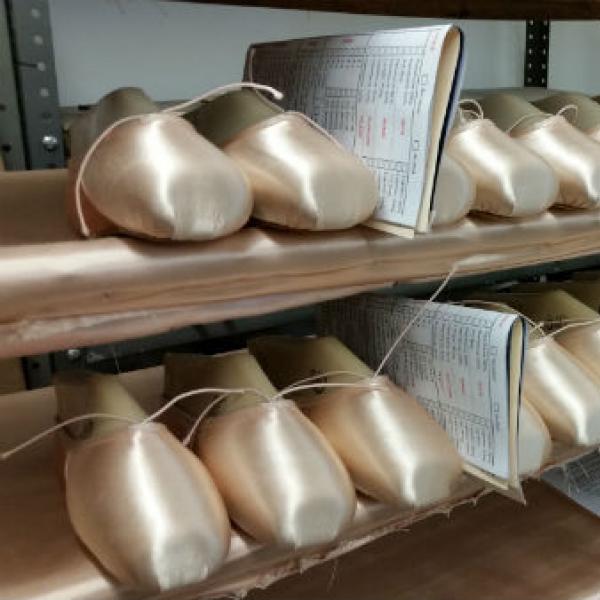Inside the Calder Installation with Mark Leithauser
If you’ve ever strolled through either wing of the National Gallery of Art (NGA) in Washington, DC, you’re familiar with the work of Mark Leithauser. His fingerprint is everywhere, from the font of the signage by the elevators to the lighting that illuminates the art. As Chief of Design and Senior Curator, Leithauser—a successful artist in his own right—has designed over 500 exhibitions at the NGA throughout his 40-year career. He and his staff are in charge of every exhibition the museum mounts, including those installed in the outdoor sculpture garden. As he noted, it’s a job that “keeps everybody hopping.”
So what goes into mounting an exhibition at one of the world’s most venerable museums? In this video, Leithauser explores the process of envisioning and implementing the vibrant Alexander Calder installation in the museum’s remodeled East Wing. The amount of detail, from choosing the right wall color to positioning lights, is remarkable.
In the case of Calder, Leithauser’s team had to consider oil paintings, stable sculptures, and mobiles—moving sculptures that project shadows on the floors and walls. According to Leithauser, “[Calder’s mobiles] are maybe the most difficult of all objects of any major artist to install because of their movement. The shadows are different levels of intensity on the wall depending on where the light sources are coming from. There are multiple shadows, and the rhythmic collision of the shadows on the wall is a very beautiful thing. I think is why so many people find themselves watching the Calder ballet for much longer than they expect."





